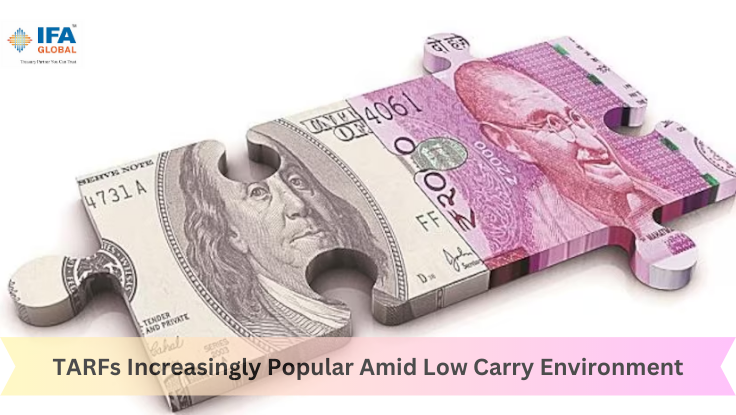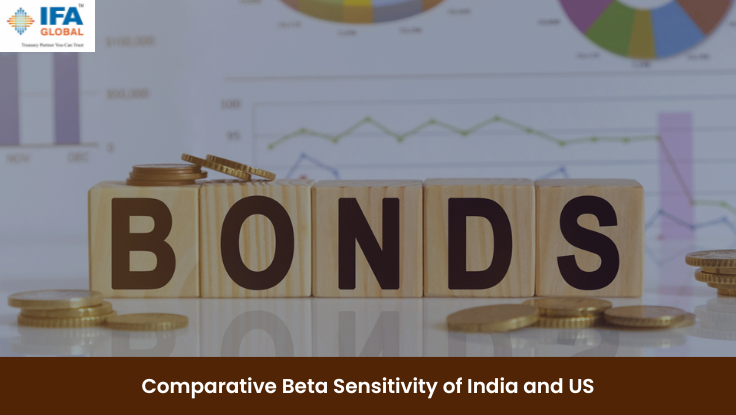Black Gold-Crude Prices
Why crude prices have reached multiple-year high?
12 February 2023 | By IFA GLOBAL | Category - Wealth Management

12 February, 2023
Why crude prices have reached multiple-year high?
The war in Ukraine is an 'economic catastrophe' for the world at a time when inflation is already rising and this will surely cut global economic growth. The grim forecast comes at a time when oil prices are at their highest in more than seven years. Countries, which are part of the European Union, are expected to be hit badly. However, India will also not be spared from the effects of the war. Supply disruptions have hit global prices of wheat, soybean, fertilizer, and metals like copper, steel, and aluminium, raising worries about prices and economic recovery. The crude oil prices rose after negotiations failed to resolve the Russian-Ukrainian conflict. Russia is the third-largest producer of crude oil in the world.
How will it impact the Indian economy?
India is heavily dependent on imports to meet its energy requirement. Around 86% of the country’s crude oil requirements are met through imports. So clearly the country’s import bills are set to surge. The trade deficit will widen putting pressure on the country’s current account balance. For India, the price range is a cause of concern as it may add Rs. 8 to Rs. 10 in petrol and diesel selling prices. The cascading effect of higher fuel costs will trigger a general inflationary trend. The price per barrel of Brent oil has increased more than 40% after the escalation of Russian-Ukraine tension. The likelihood of sanctions being imposed on Russian energy is keeping crude and natural gas prices elevated.
The Indian rupee has weakened in the last few sessions given the Indian economy’s vulnerability to crude prices. Every USD 10 per barrel increase in crude prices pushes our current account deficit higher by USD 15bn (0.5% of GDP). The trade deficit has widened in recent months. This is expected to lead to a sharp jump in the current account deficit. However, it’s not just the current account balance that will get hurt due to the surge in crude oil prices. It is set to have a much wider impact on the Indian economy. Higher prices hurt the current account and to inflationary pressure and increase sensitivity to Federal Reserve rate hike. Brent crude oil price at $120 a barrel would add $60 billion to India’s import bills,
according to Credit Suisse estimates. Due to the ongoing Russia-Ukraine conflict, the prices of other commodities like gas, edible oils, fertilizers, and coal have also surged. This could add another $35 billion to India’s import bills.
A high import bill of crude oil and other commodities is estimated to stoke inflation by at least one percentage point. The headline inflation, as measured by the Consumer Price Index, has already risen to 6.07% in February 2022 from 6.01% in the previous month, according to data released by the National Statistical Office last month. The retail inflation has crossed the upper limit of the RBI’s tolerance band of 6% for the second time in eight months while the Wholesale Price Index-based inflation too remained elevated at 13.11% in February. The Economic Survey tabled in Parliament by Finance Minister, projects GDP growth of 8 to 8.5% for the year beginning April 2022 assuming that crude oil prices will average $70 to $75 per barrel during 2022-23. The crude oil price has reached a level of almost double the government’s assumptions of $70 to $75 per barrel.
Brent crude oil price, which was less than $50 a barrel in December 2020, soared to $140 a barrel on March 7. If the crude oil price remains above $100 a barrel during 2022-23, it will considerably upset India’s Budget math. It will have a considerable impact on almost all macro-economic projections made in the Union Budget 2022-23. As far as managing the high crude oil prices is concerned, there are two possibilities. One, the rise in crude oil prices is passed on to the consumers by a corresponding increase in retail prices of petrol, diesel and other petroleum products. It will have a cascading inflationary impact. The second possibility is that the government absorbs the entire oil price shock rather than passing it to the end-user. This will lead to an increase in deficits. If the government decides to maintain its fiscal and other deficits commitments, then it would be required to lower the spending on the areas like social welfare and infrastructure development. According to a Mint Street memo published by the RBI in January 2019, a $10 per barrel increase in oil price will raise inflation by roughly 49 bps or increase the fiscal deficit by 43 bps (as a percentage of GDP) if the government decides to absorb the entire oil price shock. Oil prices have a multiplier impact on inflation. The headline inflation has already crossed the tolerance limit of the RBI and any further increase would force the central bank to tighten the monetary policy. The monetary policy tightening like an increase in policy rates would negatively impact economic recovery.
Latest updates and hereafter:
Prices have pulled back as China, the world's largest importer of crude oil has locked down Shanghai and the tech hub city of Shenzen because of surging COVID infections, dampening demand prospects. The oil is expected to see levels above $120 per barrel, as Russian oil exports and production will be hurt by sanctions and select import bans, which will further tighten global supplies. The lag in the effect of these restrictions showing up in the data may have contributed to the magnitude of the recent decline in global crude prices. This does not mean that measures so far will not have an effect. The hit to Russian oil exports and production is expected to become more apparent later this month. UBS, the investment bank has estimated spare capacity that could be quickly brought in by OPEC and other oil-producing countries is below 1.8 million barrels a day, which is less than 2% of global demand. That gives limited flexibility to address near-term supply disruptions," as OPEC+ has struggled to meet its incrementally higher production targets. The supply focus will likely fall entirely on Saudi Arabia and the UAE to ramp up output.
The demand perspective
The global oil demand is expected to remain high in the second half of 2022. Data suggest Europeans and Americans are returning to normal travel patterns, ready to hit the roads or book flights as COVID-19 restrictions are lifted. While renewed lockdowns in China could dent oil consumption, the experience of past episodes is that the impact tends to be modest over the medium term.
The supply picture
A revival of Iran’s nuclear deal could help ease global oil prices by bringing a major producer back into the market. Simon Coveney, who is playing a significant role in trying to save the Joint Comprehensive Plan of Action agreement, stated that he hoped progress could be made within days. The US, UK and European Union are seeking to break away from Russian oil and gas, Iranian crude oil coming back into the market with the removal of sanctions, would be a very attractive prospect in terms of reducing pressure on oil prices, because of sanctions on Russia, which are likely to remain for quite some time. President Biden's Europe trip ended with the announcement of the creation of a joint task force that would outline plans for weaning Europe off Russian crude and gas. The US would supply 15bn cubic meters of LNG to Europe to help Europe reduce dependence on Russia. Europe imported 155bn cubic meters from Russia in 2021.
As the worst quarter for emerging-market dollar bonds in 24 years comes to an end, a deep divide is opening up between commodity haves and have-nots, with investors focusing their hopes on exporters in the Middle East and Latin America. The rapid rise in energy and food costs as the war in Ukraine persists is weighing on the more vulnerable markets while boosting commodity producers. The hit from higher energy and food costs has been severe in frontier economies and to countries that import those commodities. Generic oil future prices have risen by 22%, gas futures by 20% and wheat futures by 24% since the war started.
How can the blow from higher crude prices be softened?
There’s been a significant uptick in Russian oil deliveries bound for India since March after Russia’s invasion of Ukraine began and New Delhi looks set to buy even more cheap oil from Moscow, industry observers say. China, already the largest single buyer of Russian oil, is also widely expected to buy more oil from Russia at deep discounts. India could start buying even more cheap oil from Russia at a discount of around 20%, according to analysts and some media reports. Based on current crude prices, that would represent more than $20 off each barrel. India imports crude from Russia only at a nominal share of between 2% to 5% a year. Traditionally, New Delhi gets its crude from Iraq, Saudi, Arabia, the United Arab Emirates and Nigeria but they are all dictating higher prices right now.




